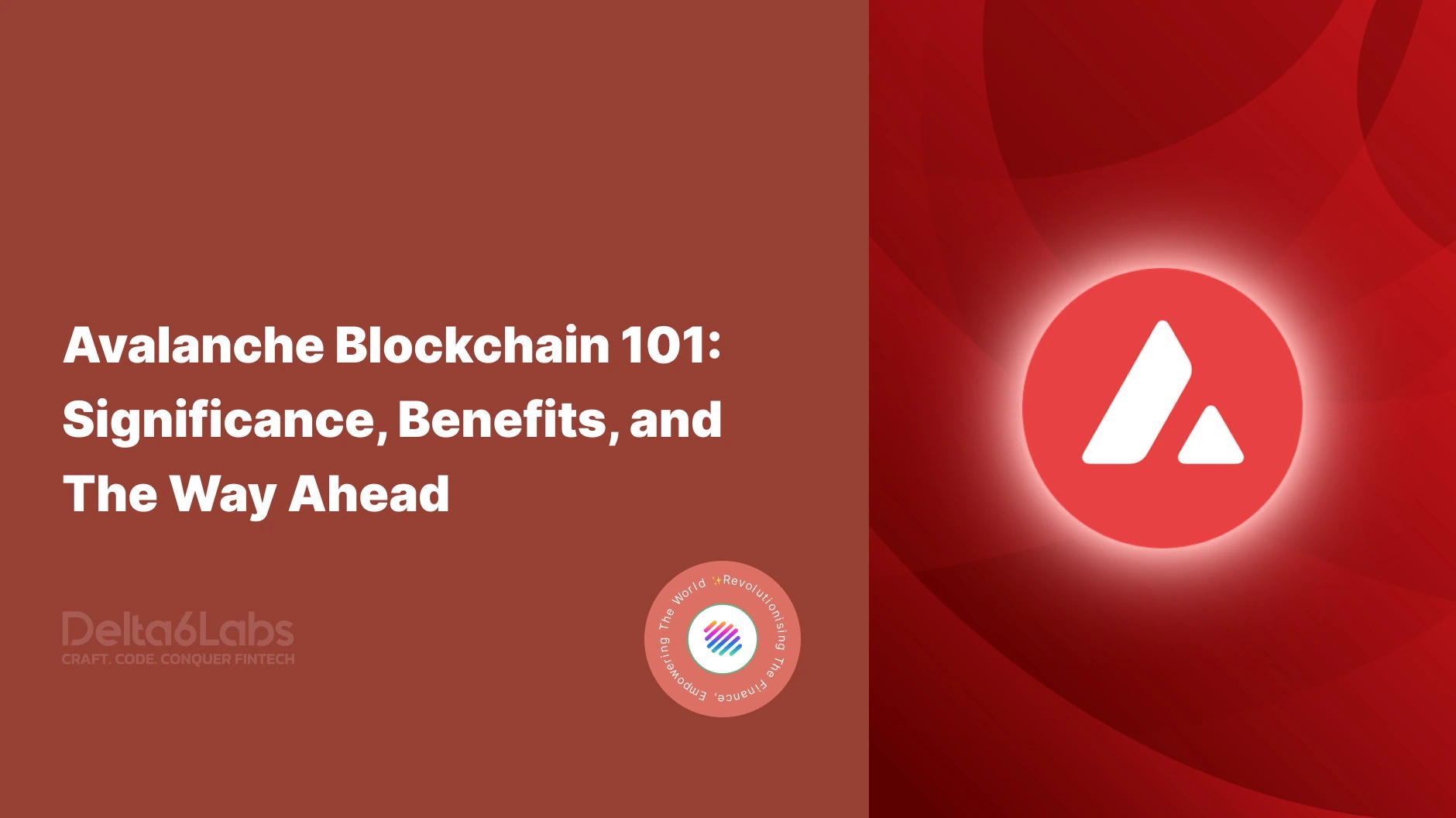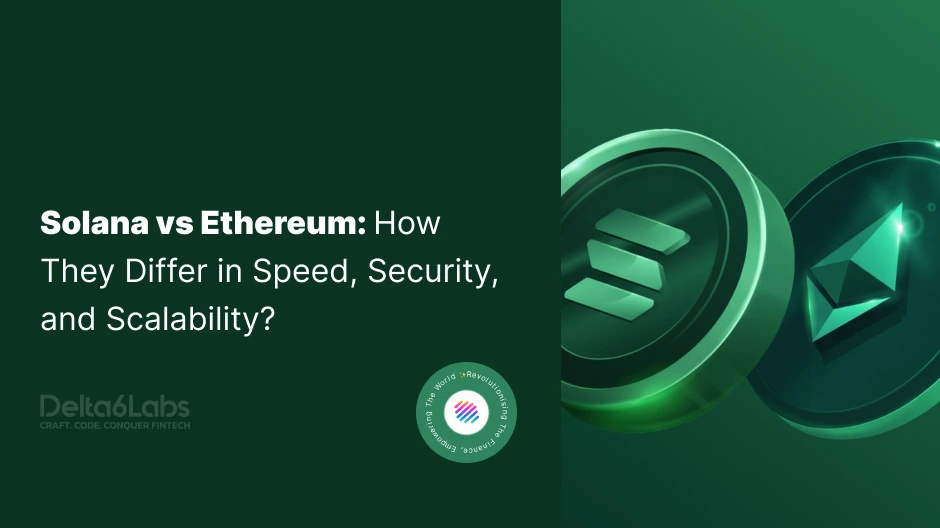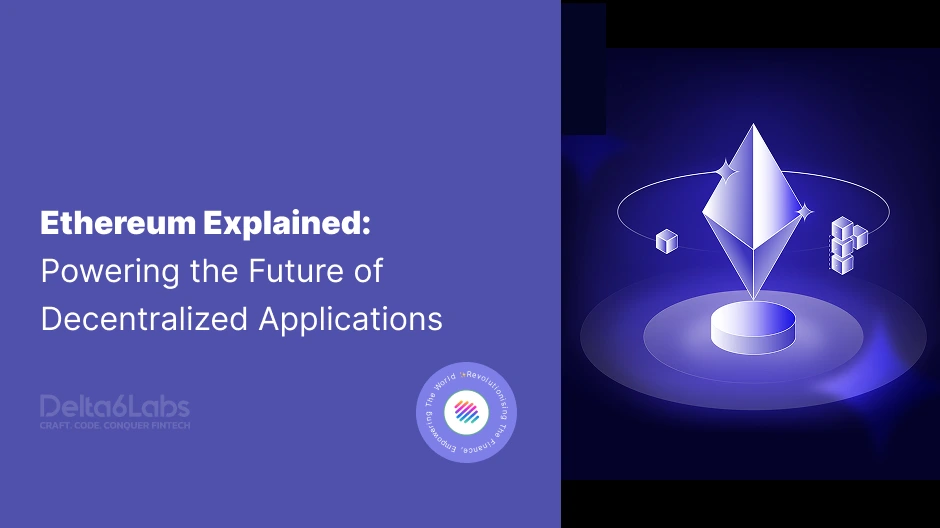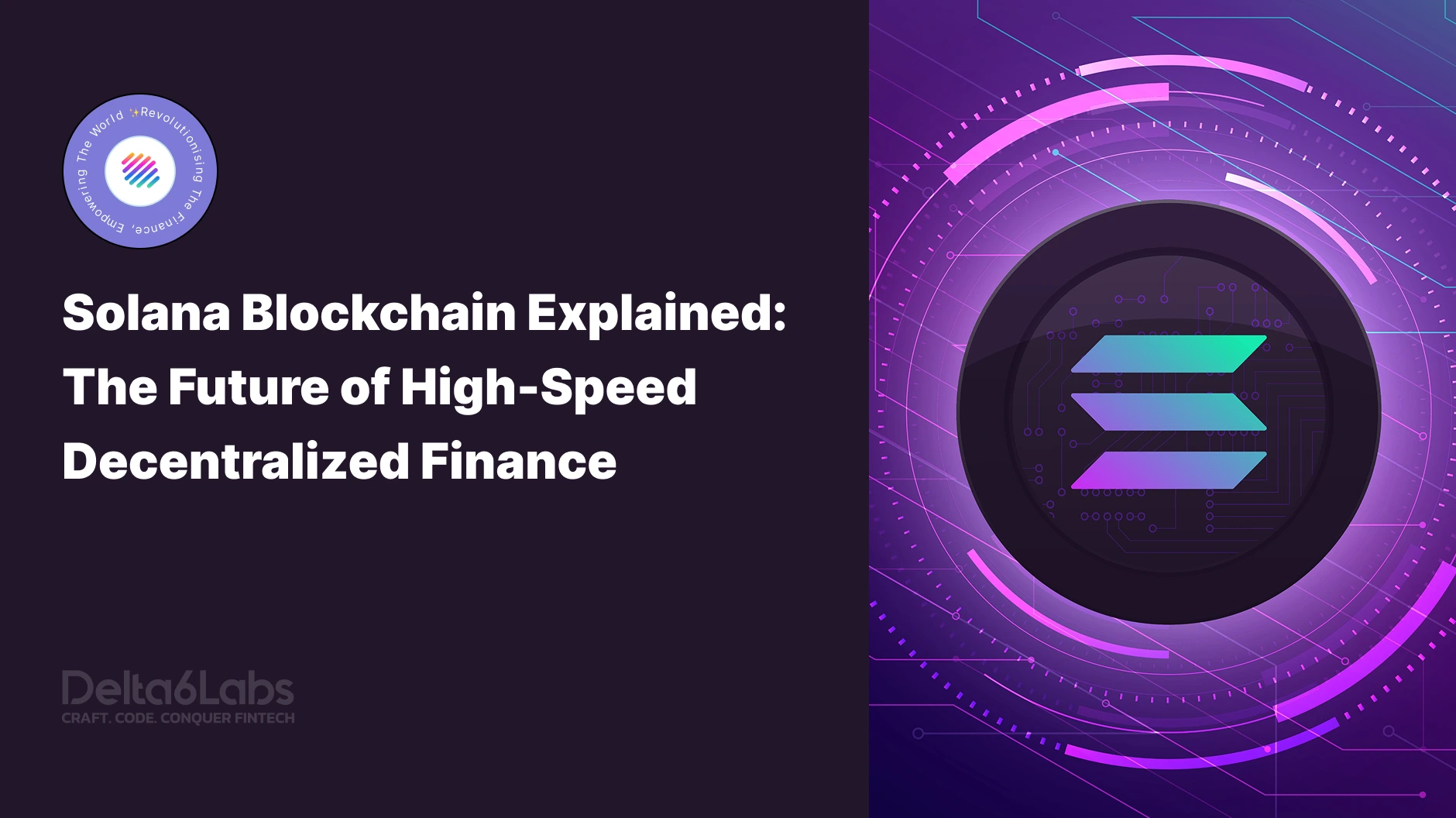Avalanche Blockchain 101: Significance, Benefits, and Beyond
Table of Contents
Key Takeaways
- Avalanche is a layer-1 blockchain platform that has been carefully planned out to alleviate problems that come with the first-generation blockchains and, as an example, congestion, high fees, and slow transaction speeds on Ethereum.
- The core of Avalanche is its novel consensus protocol that is engineered to realize sub-second finality and high throughput.
- The low gas fees are the main selling point of Avalanche and is therefore good news for everyday users, DeFi traders, and NFT creators.
- It is very likely that Avalanche will serve as a complement to Ethereum rather than a replacement, by providing compatible, faster, and cheaper alternatives.
The blockchain industry has turned into a densely populated and competitive environment with various platforms attempting to mitigate the so-called blockchain trilemma, i.e., scalability, security, and decentralization. While Ethereum is attributed with the invention of smart contracts and decentralized applications (dApps), Bitcoin with the introduction of digital currency, and new networks like Solana and Polkadot with their focus on speed and interoperability, Avalanche is the one that has been able to make a significant impact in a relatively short time span by its scalability, sub-second finality, and eco-friendly consensus mechanism.
Avalanche by no means is just another blockchain that was brought to life by Ava Labs in 2020. The team behind Ava Labs has designed a highly customizable, interoperable, and energy-efficient platform as a solution to the future of decentralized finance (DeFi), NFTs, gaming, enterprise solutions, and Web3. Going through this blog will get you flying with Avalanche, its importance, benefits, obstacles, and future vision, thereby giving the reader a complete grasp of its significance.
What is Avalanche Blockchain?
Avalanche is a layer-1 blockchain platform that has been carefully planned out to alleviate problems that come with the first-generation blockchains and, as an example, congestion, high fees, and slow transaction speeds on Ethereum. What really sets Avalanche apart is its multi-chain structure and new consensus protocol.
Avalanche cuts the Gordian knot of doing everything on a single chain by splitting its ecosystem into three core blockchains, each one architecturally different and individually optimized for a specific function:
- X-Chain (Exchange Chain): The activities related to the production as well as the migration of digital assets are handled by the X-Chain.
- C-Chain (Contract Chain): Executes smart contracts and is a 100% compatible with the Ethereum Virtual Machine (EVM); hence, developers can easily migrate dApps.
- P-Chain (Platform Chain): Keeps track of validators, Staking, and the creation of custom subnets, which are independent blockchains built on Avalanche. By using this multi-chain design the project not only achieves but also guarantees efficiency, flexibility, and scalability which is a stark contrast to monolithic chains like Ethereum.
Understanding Avalanche Protocol
The core of Avalanche is its novel consensus protocol that is engineered to realize sub-second finality and high throughput. Different from Proof-of-Work (PoW) utilized by Bitcoin or Proof-of-Stake (PoS) employed by Ethereum 2.0, Avalanche makes use of a Snowball-like consensus mechanism, whereby nodes randomly select each other for agreement.
With this method there are quite a few advantages:
- Speed: The transaction is done within a second or less.
- Scalability: The network that is using this consensus protocol can handle thousands of transactions per second (TPS).
- Security: The probabilistic approach of Avalanche protocol makes it resistant to attacks.
- Energy Efficiency: Avalanche consumes a fraction of the energy that goes into PoW-based blockchains, thus it is in line with global sustainability goals.
Importance of Avalanche Blockchain
Avalanche is important as it addressed issues that have posed a challenge mainly to the blockchain space but have been limited resulting in low adoption of blockchains.
- For Developers: It offers an environment that is compatible with Ethereum (C-Chain), thus friction is reduced when migrating existing applications.
- For Users: Avalanche has low-cost, almost-instant transactions and thus is very attractive to users compared to networks with high gas fees.
- For Enterprises: Its subnet architecture enables enterprises to design tailored blockchains with their own rules, governance, and compliance frameworks while even then taking advantage of Avalanche’s security.
Moreover, Avalanche has made a name for itself as a multi-purpose blockchain ecosystem that is not limited to a single use case but goes beyond DeFi, NFTs, gaming, supply chain, identity verification, and enterprise adoption.
Advantages of Avalanche Blockchain
These are the advantages of the Avalanche Blockchain:
High Performance and Scalability
Scalability has been the most talked-about issue when it comes to blockchain and their performance. The Avalanche network can process up to 4,500+ TPS which is a great deal faster than Ethereum’s approximately 15 TPS. Its consensus mechanism enables parallel transaction processing across subnets, thus paving the way for mass adoption.
Low Transaction Fees
The low gas fees are the main selling point of Avalanche and is therefore good news for everyday users, DeFi traders, and NFT creators.
Ethereum Compatibility
Avalanche’s C-Chain is a supporter of the Ethereum Virtual Machine (EVM), thus full compatibility is ensured between the Ethereum smart contracts, wallets, and tools such as MetaMask.
Subnet Flexibility
Subnets facilitate developers to create blockchains that are custom-fit to their requirements, either public, private, or hybrid. Each subnet is free to determine its own rules and governance.
Eco-Friendly Design
The energy-efficientness of the Avalanche consensus accounts for less energy consumption than the one by Bitcoin or Ethereum’s earlier PoW model. So, it is quite an attractive option to businesses and governments that are environmentally conscious.
Robust Governance
Avalanche has integrated on-chain governance, thereby enabling token holders to have a say in upgrades, fee structures, and network parameters, hence it being a community-driven ecosystem.
Limitations of Avalanche
Besides the benefits it offers, the Avalanche blockchain also has some limitations:
- Competition: Ethereum, Solana, Polkadot, and Cosmos are well-established competitors with large communities behind them. Avalanche needs to keep on innovating to differentiate itself.
- Adoption Curve: Even though it is technologically sound, the Avalanche network still requires more enterprise adoption and user education.
- Regulatory Uncertainty: As governments impose stricter regulations on cryptocurrencies and DeFi, Avalanche will have to ensure compliance without giving up decentralization.
- Security Risks: There may be some security risks in the smart contracts, bridges, and dApps that are built on the Avalanche network, even though the protocol itself is safe.
Real-world Use Cases of Avalanche
Avalanche can be used in several areas of the DeFi ecosystem, such as:
Decentralized Finance (DeFi)
Avalanche is home to an increasing number of DeFi protocols such as Trader Joe, Pangolin, BENQI, and Aave. Users may enjoy the fast and cheap processes of lending, borrowing, and trading.
NFTs and Digital Collectibles
The platforms take advantage of the low fees and speed of the Avalanche network to create scalable NFT ecosystems that are opening up the worlds of creators and collectors.
Enterprise and Institutions
The subnets of Avalanche offer blockchains that are customizable and thus provide a perfect fit for industries that are regulated such as finance, healthcare, and supply chain.
Gaming and Metaverse
Because of the efficient way it can handle microtransactions, Avalanche is among the top choices for applications in blockchain gaming and metaverse.
Cross-Chain Interoperability
With the help of Avalanche bridges, it is possible to connect with Ethereum, Bitcoin, and other blockchains so that assets can be transferred in a hassle-free manner thus allowing the expansion of its role in the future which is a multichain one.
Ethereum vs Avalanche Blockchain
Ethereum and Avalanche are technologies that enable the use of dApps and smart contracts but have differences in their performance and layout.
- Transaction Speed: In less than one second, Avalanche completes a transaction, while Ethereum needs a few minutes.
- Gas Fees: The fees charged by Avalanche are very minimal when compared to those of Ethereum.
- Scalability: The use of parallel subnets is supported by Avalanche; on the other hand, Ethereum depends on scaling resolutions such as sharding and rollups.
- Community: The developer ecosystem of Ethereum is the largest; however, Avalanche’s is smaller but is expanding quickly.
It is very likely that Avalanche will serve as a complement to Ethereum rather than a replacement, by providing compatible, faster, and cheaper alternatives.
The Future of Avalanche: The Way Ahead
Avalanche is on a green light to move forward with a number of potential expansion areas including:
- Expansion of Subnets: The subnets of Avalanche will be the main reason for the take-up of the technology by new users as they will offer blockchains made-to-measure to enterprises, governments, and startups
- Growth in DeFi and NFTs: Naturally, as DeFi and NFTs grow to be global phenomena, more and more platforms will choose Avalanche for their launch, due to the low cost and fast speed of the network, which will in turn increase the user base.
- Institutional Adoption: Avalanche has all the necessary features to become the main power source behind blockchain solutions for enterprises, especially those in sectors that are strictly regulated and require both compliance and scalability.
- Web3 Development: With Web3 gaining traction, Avalanche will be there as a major contributor in providing the infrastructure for internet applications and services that are decentralized.
- Sustainability Leadership: In a time when the energy consumption of blockchains is becoming a hot topic, Avalanche’s environmentally friendly consensus might turn out to be the factor that attracts both ESG-conscious investors and enterprises to this blockchain.
How Delta6Labs Leverages the Power of Avalanche Blockchain
Delta6Labs made use of the solutions provided by the Avalanche blockchain in a very efficient manner to achieve the targets that their clients had set. By making the most of Avalanche’s high scalability, throughput, and very low transaction costs, we developed decentralized applications, crypto exchanges, MT5 crm solutions, and custom development that are not only performant but also grant our clients a competitive advantage in the market.
Final Thoughts
Avalanche is a new-age blockchain platform that is meant to solve the problems of the previous ones. Besides its innovative architecture, super fast finality, very low fees, compatibility with Ethereum, and the fact that it is environment-friendly – Avalanche is strongly positioned to be a major player in the blockchain revolution.
Although there are problems such as competition and regulatory uncertainty that still need to be dealt with, the good points of Avalanche such as its scalability, interoperability, and the possibility of tailoring for enterprise use make it a major player whose next wave of decentralized applications could be powered by it.
Consequently, Avalanche could be a major pillar of DeFi, NFTs, gaming, institutional adoption, and Web3—the future of the digital economy, shaping tomorrow, rather than today.
Frequently Asked Questions
Disclaimer:
The information on this blog is for knowledge purposes only. The content provided is subject to updates, completion, verification, and amendments, which may result in significant changes.
Nothing in this blog is intended to serve as legal, tax, securities, or investment advice of any investment or a solicitation for any product or service.




